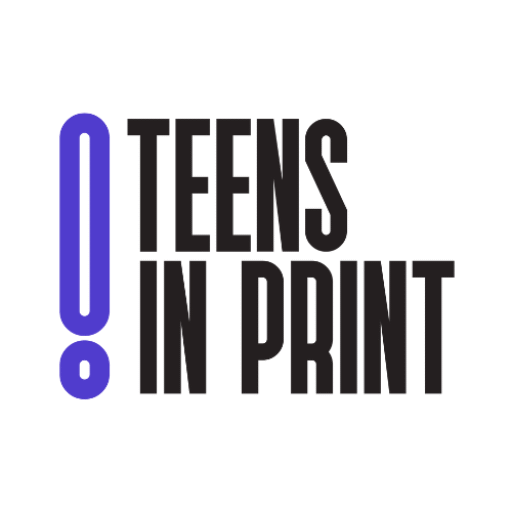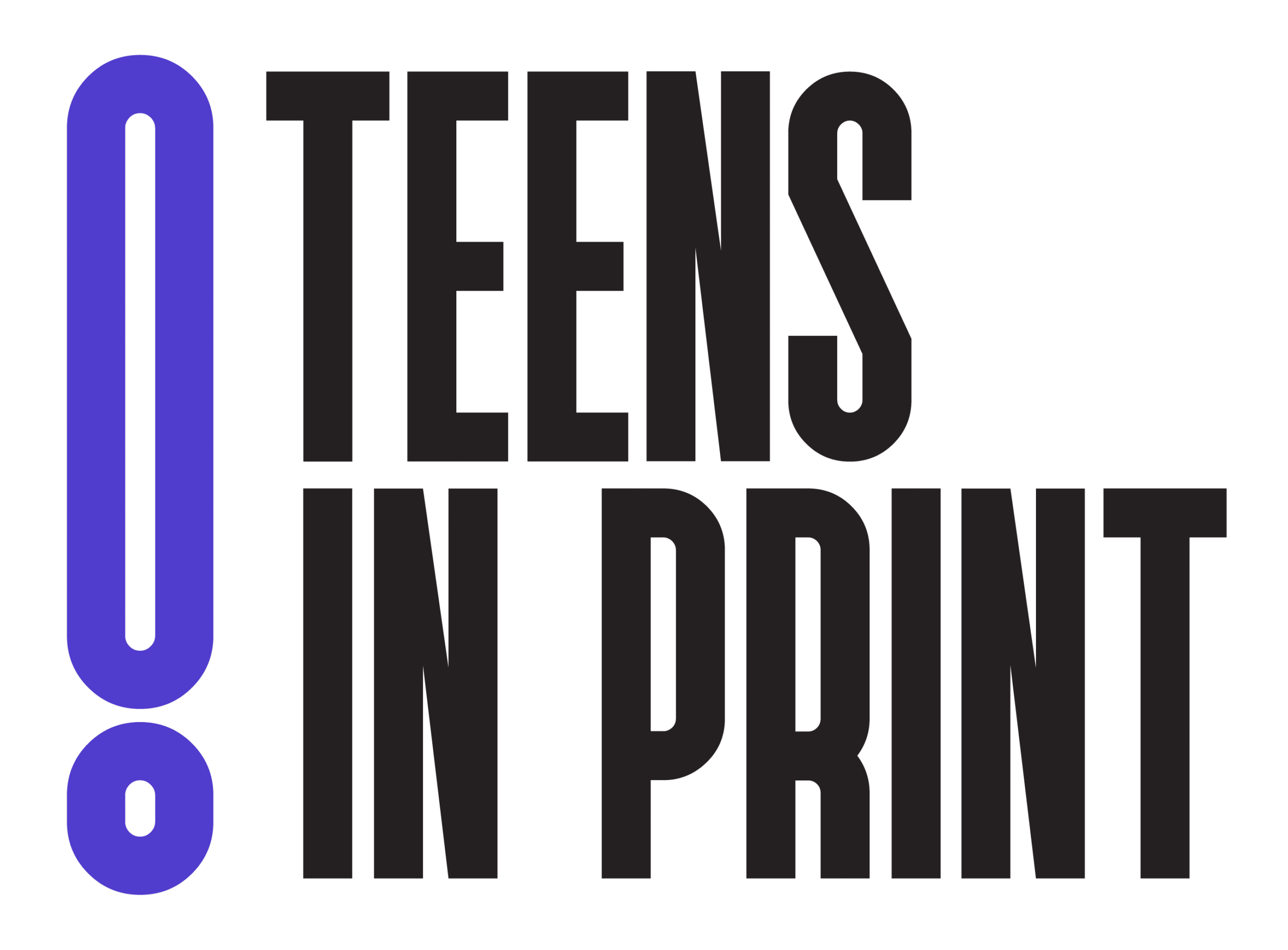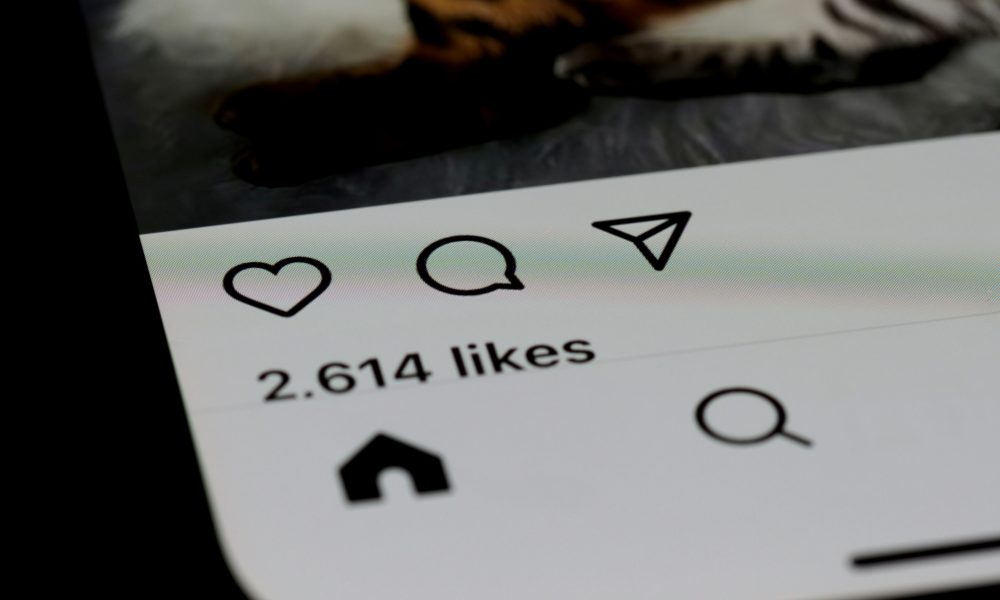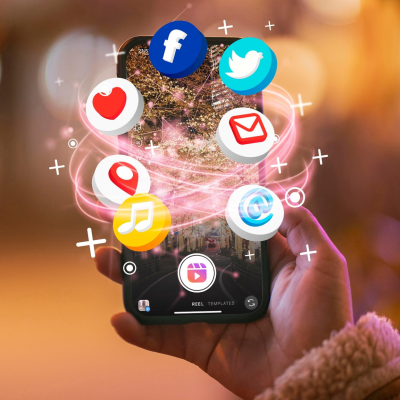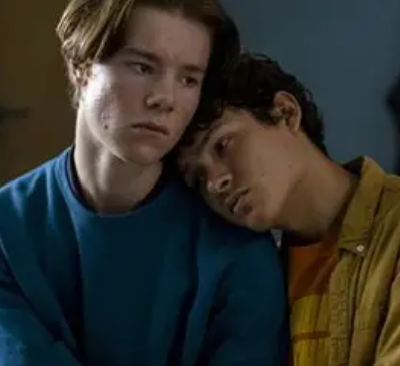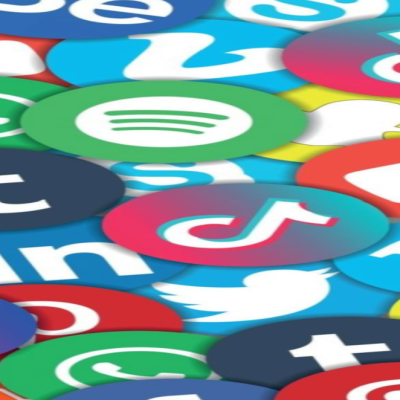When Sharing Isn’t Caring: The Trouble with Performative Activism
June 2nd, 2020. For the first time in months, something was spreading faster than the deadly coronavirus: black squares. On the day known as “Blackout Tuesday,” Instagram users flooded the app with black squares and captions that ranged from somewhat informative to an ultimately harmful use of #blacklivesmatter. The day was the culmination of weeks of protesting and reposting after the murder of George Floyd and other unarmed Black people by police sparked a heavy resurgence in the Black Lives Matter movement. Users like me who were too scared of the national guard to protest finally got to access that feeling of community as America and beyond came together. To post nothing.
Clearly I’m not the biggest fan of Blackout Tuesday and my participation in it is one of the most embarrassing things I did that year- or it would be if that year wasn’t filled with a collection of middle school humiliation. But Blackout Tuesday is only a small part of a trend I’ve seen where people use their perceived platform to speak up about, or repeat other people speaking up about, various social issues. And with the Trump administration and its actions in full swing, this trend isn’t going away. So it’s time we examine how effective it really is and if repost warriors are really the activists they want to be.
The Good
There are three main categories of social media activism I’ve noticed people reposting, and my favorite by far is the kind that encourages actions offline. This can include information about protests or upcoming boycotts or issues and people to contact to address them, like this post of attorney generals to contact to protect the rights of those with learning disabilities. These posts tend to be less emotionally draining because they don’t just show overwhelming problems but instead give people something they can do in response. They also have the most tangible impacts, at least when shared by everyday people. A senator isn’t going to see a random high school repost how disgusting it is that DEI programs are under attack, but they will see an inbox flooded with emails from concerned citizens who want them to protect those programs, even if they’re just following a script from an infographic. Things like protests, boycotts, and lobbying are things people in power take notice of. It’s good to give more people access to those strategies, including by reposting information about that access.
Of course, reposting something motivating outside action is not as important as taking that action yourself. In 2020 when I was in my little activism phase, I would repost content all the time with politicians to contact, only to never contact them because I was sure that my spreading the word was more than enough. The problem is, other people are likely to also fall into that thinking; the bystander effect that says someone else will do the hard work so they don’t have to. I’m not going to criticize reposting information that motivates other actions because I think it is important and beneficial if it gets even one other person to take that action, but the action is the thing that matters. So make sure you do every form of activism you call your followers to do.
The Bad
This section, which would be more accurately titled the neutral if I wasn’t a sucker for cliches and audience retention, is for reposts of information that don’t do anything but inform. This can include reposting headlines or announcements from news sources and other media outlets, or vague infographics showing statistics related to social issues. When I polled a small sample of Boston residents, most said that this “educational information” is what they tend to repost because they want to raise awareness or share information. In theory, this sounds great. If people are going to take the actions that I encouraged in the previous section, they should at least know what they’re taking action against. However, the same people I talked to said that their audiences on social media are mostly their friends and family, with someone even acknowledging that reposting “sometimes feels like I’m not reaching people who don’t already agree with me or know about the information I’m sharing.” This is why this form of social media activism, though not actively harmful, isn’t that useful either. While I think it’s beneficial for just one person to find out how to contact their representatives and then follow through with that, it’s harder to see the benefit in a singular person reading an article headline posted on Instagram and then going about their day.
Additionally, people who are “educated” on these issues only through social media are actually discouraged from engaging further. The Pew Research Center found that people who rely primarily on social media for information are less politically and culturally active. When you see so much information about current events in such a bite-sized form, you fail to capture the severity of the information. When you don’t see that severity, you don’t see something as a problem and don’t motivate yourself to change them. Of course, this is as much the problem of people who discover issues and don’t look into them as it is for the people reposting, but it goes to show that the idea of posting for “education” does not have the merit its perpetrators hope for.
The Ugly
The worst forms of social media reposting are those that are just graphic. Things like videos of George Floyd’s death, pictures of malnourished children in Gaza, detailed stories about young girls who were raped and unable to get abortions in their states. Similarly to my previous point, people who see this content are likely to be desensitized to it and that likelihood only increases when every other person they follow is featuring this type of post in their story. This not only limits the draw to make change but also has the potential to lead to further violence. When people see violence as normal, they see it as either something they can do without consequences or something they don’t need to respond to. That makes the world less safe for everyone.
Even worse, people who are connected to the traumatic content they’re seeing may be actively harmed by seeing it. Medium contributor Sophia Leonie describes seeing George Floyd’s death constantly reposted as “triggering” and speaks to how Black people who have seen or experienced similar trauma first hand don’t need to see it replayed on a screen. The same is true for any potential victim of oppression who sees harmful content reposted. That’s not to say that social media can never be used for intense movements, but the average person who goes on to see what their friends are up to should get that space to relax online without being retraumatized. The real world is hard enough.
Additionally, this graphic content is also hurtful to the people who are subjects of the posts. Black victims of police brutality didn’t agree to have their deaths publicized. Malnourished kids didn’t sign up to represent the need for ceasefires. Girls too young to understand what was happening to them didn’t ask to be pro-choice martyrs. That’s not to say that we can’t mourn public deaths or tragedies, but each time people and their trauma gets reposted, that person and their trauma becomes more of a spectacle. What victims of abuses like that need most is their humanity, but posting their faces and stories everywhere strips them of that.
I’m not here to say that you can never post about current events again. I’m all for encouraging people to take action towards change and I fully believe that people with a platform should use it for something they’re passionate about. But in a world where social media has given everyone a platform and anyone can be passionate about everything, that use has gone void. So next time you repost, ask yourself what you really think could come of it. And if your answer still seems worth it, by all means hit that share button.

